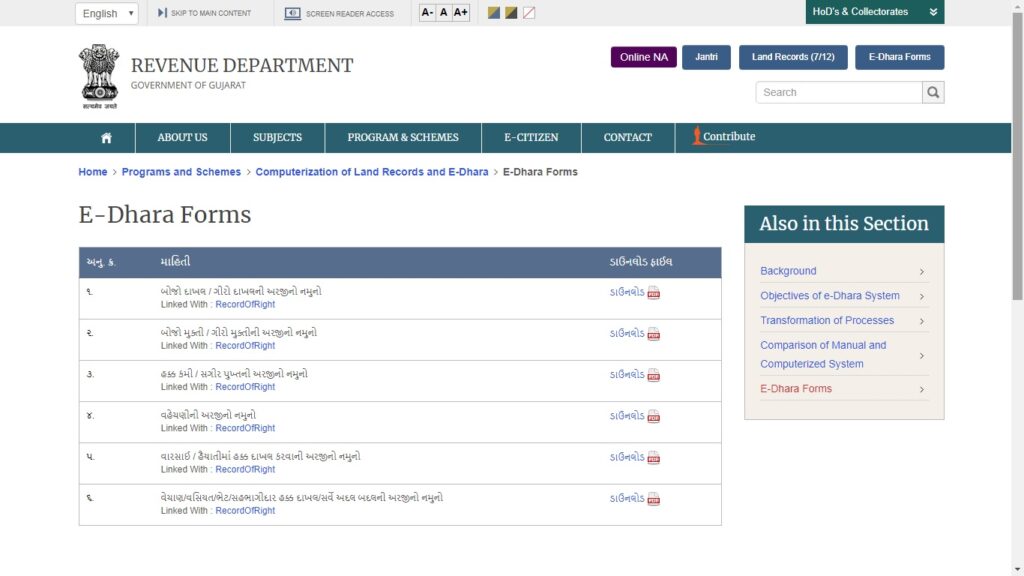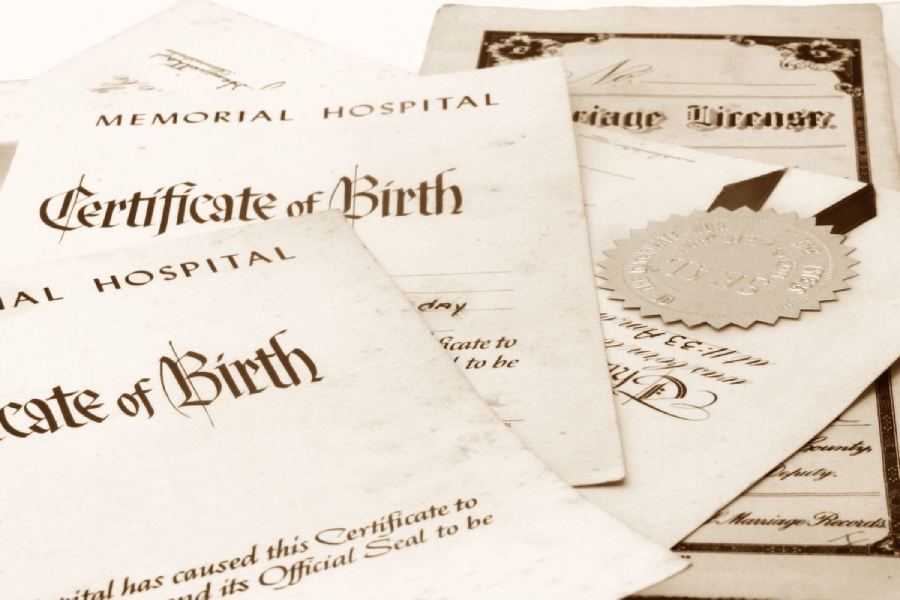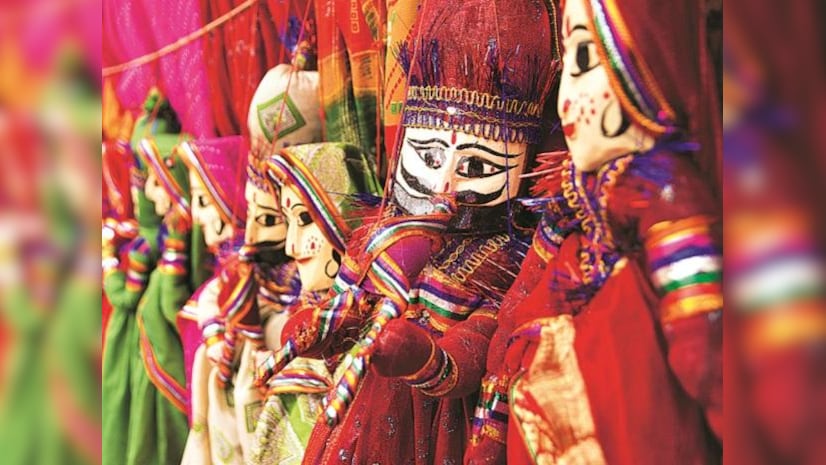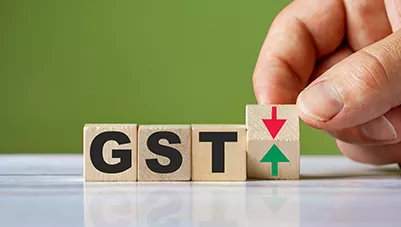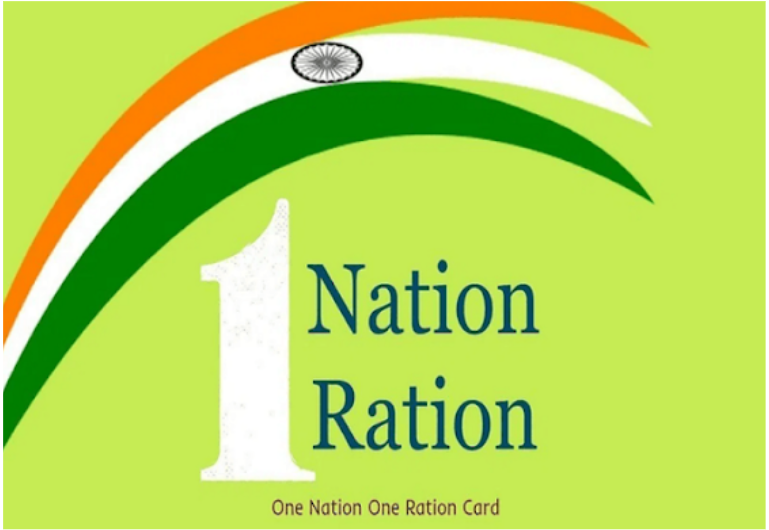A salary calculator is an easy-to-use tool that assists in calculating the take-home annual salary, take-home monthly salary, total annual deductions, total monthly deductions, etc., of an individual. An employee needs to fill in his CTC, bonus included in CTC, monthly professional tax, monthly employer PF, monthly employee PF, and any monthly additional deductions in the designated boxes to derive the net result. The salary calculator or in hand salary calculator is a simulation that calculates your take-home salary. It is the total salary an employee gets after all the necessary deductions. The salary calculator consists of a formula box, where you enter the Cost To Company (CTC) and the bonus included in the CTC. The salary calculator will show you the Monthly and annually deductions & Monthly and Annually Net Take home salary. Deductions could be the employer and employee provident fund, professional tax, employee insurance, and the take-home salary. What are the Components of the Salary Structure? Basic Salary: Basic salary is roughly 40% to 50% of the total salary which an employee earns on the basis of experience, knowledge, skills, qualifications, etc. It is a fixed component of the ‘Cost To Company’ package. House Rent Allowance (HRA): It is a component of the salary offered by the employer to the employees who live in rented housing. HRA is partially/fully exempt from taxes under Section 10(13A) of the IT Act 1961. Note that HRA is fully taxable if the employee does not live in a rented house. Leave Travel Allowance (LTA): An employee can also receive LTA that an employer gives as an allowance to the employee for travel costs and expenses. Employees are required to submit proof of travel in order to claim LTA. Professional Tax: It is the tax on employment which is levied by the State. Note that, in a financial year, the State can charge a maximum of Rs 2,500 as a professional tax. Special Allowance: An employee may receive a special allowance component in the salary structure, which is fully taxable. Bonus: An employee may earn a performance incentive from his employer, which is termed as a bonus. Employee Contribution to the Provident Fund: Under the Employee Provident Fund (EPF), the employer and the employee contribute 12% of the employee’s basic salary each month. Such contribution made by the employee stands for a deduction under Section 80C. How Do Salary Calculator Work? To calculate the take-home salary, you must enter the Cost To Company (CTC) and the bonus, if any, as a fixed amount or a percentage of the CTC. For example, your Cost To Company (CTC) is Rs 8 lakh. The employer gives you a bonus of Rs 50,000 for the financial year. Then your total gross salary is Rs 8,00,000 – Rs 50,000 = Rs 7,50,000 (the bonus is deducted from the Cost to Company). Gross Salary = Rs 8,00,000 – Rs 50,000 = Rs 7,50,000. The gross salary deducts the professional tax of Rs 2,400 a year (this is the professional tax in Karnataka). It then deducts the contributions of both the employer and you (employee) towards the Employee Provident Fund (EPF). EPF contribution is computed on a maximum salary limit of Rs 15,000 per month. It translates to 12% of Rs 15,000 = Rs 1,800 a month or Rs 21,600 per year. So, you have Rs 21,600 as a yearly contribution made by the employee towards the EPF and a similar contribution of Rs 21,600 by the employer towards the EPF (8.33% of the employer’s contribution gets diverted to the employee pension scheme). In addition, you also have a yearly deduction of Rs 3,000 towards employee insurance. Total Deductions = Professional tax + EPF (Employee Contribution) + EPF (Employer Contribution) + Employee Insurance. Total Deductions = Rs 2,400 + Rs 21,600 + Rs 21,600 + Rs 3,000 = Rs 48,600. Take Home Salary = Gross Pay – Total Deductions Take Home Salary = Rs 7,50,000 – Rs 48,600 = Rs 7,01,400. FAQs What do I need to know and have, in order to use the take home salary calculator in India? For using the salary calculator, you should know details about various components like your annual gross salary, bonus, HRA, professional tax, contribution to PF, etc. What is the basic salary formula? Basic Salary = Gross Pay – Total Allowances (HRA, LTA, medical insurance, dearness allowance, etc.)

